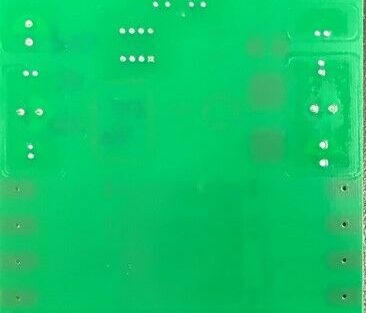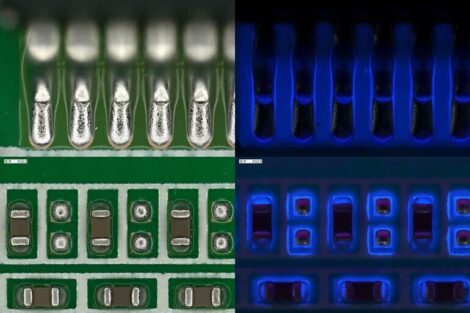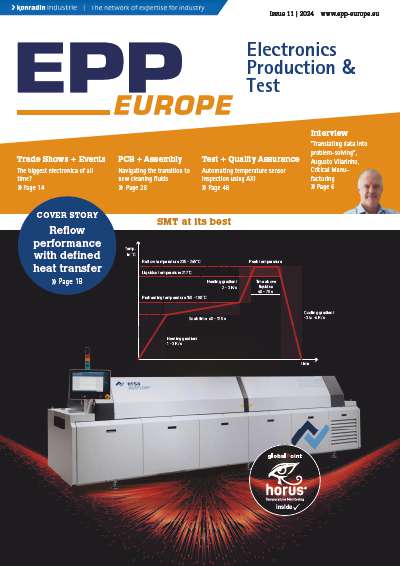The Loctite chip bonders are not only capable of running lead-free, but are designed to optimise lead-free processes, eliminating chip loss and saving components by low temperature curing systems. The trials involved testing a range of Loctite chip bonder adhesives on ‘difficult to bond’ components. Using Loctite chip bonder test boards, the trials employed both lead-free and tin-lead dual wave solder machines, using a range of Multicore fluxes. The results proved that chip bonders 3609, 3616, 3621, 3627 and 3629 are optimised for lead-free compatibility.
The elevated temperatures of lead-free wave soldering processes reduce the mechanical strength of adhesives. In order to overcome poor hole fill and wetting, the contact time on the solder wave is often increased and the wave shape more turbulent. This has an additional impact on the adhesive’s performance. Especially where non VOC-free, meaning alcohol-based fluxes, are in use, the chemical resistance of adhesives used in lead-free processes needs to be significantly higher.
The results of the recent trials showed that Loctite 3609 is ideal for use in general purpose high speed dispensing, boasting a high wet strength and long machine on stencil life. Loctite 3616 was proven to be primed for high speed printing, while Loctite 3621 was revealed as being the top-of-the-range choice for dispense jetting. Meanwhile, Loctite 3629 low temperature cure SMA for dispensing and Pro Flow printing was shown to reduce manufacturing costs by curing at 120 °C instead of 150 °C and saving temperature sensitive components at the same time. An additional feature is that Loctite 3629 turns fluorescent when uncured for cure visibility.
EPP EUROPE 435
Share:












